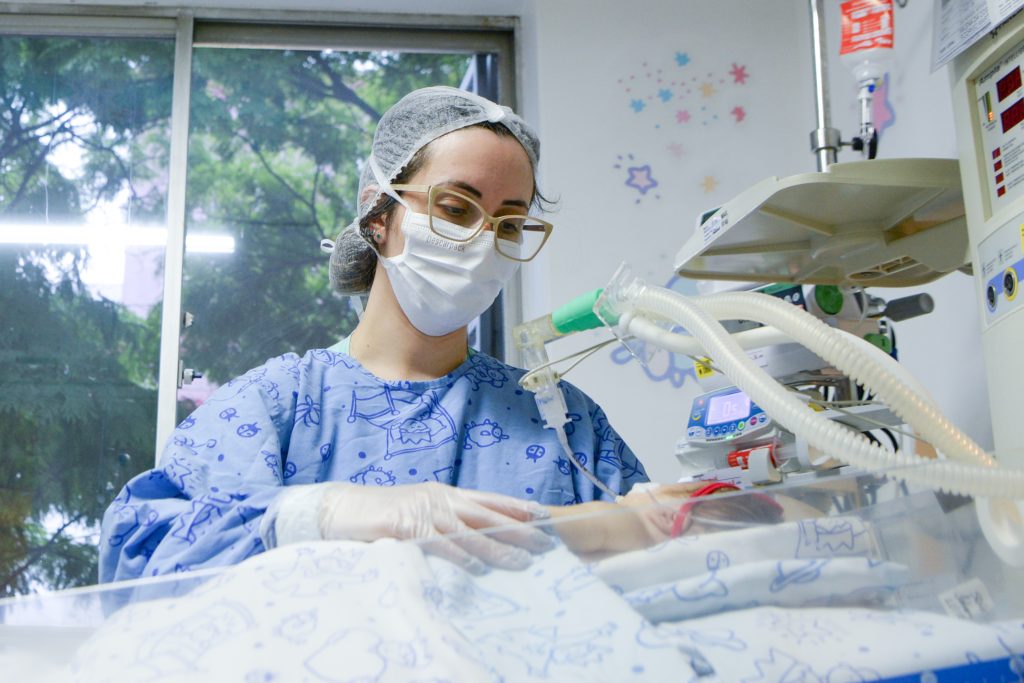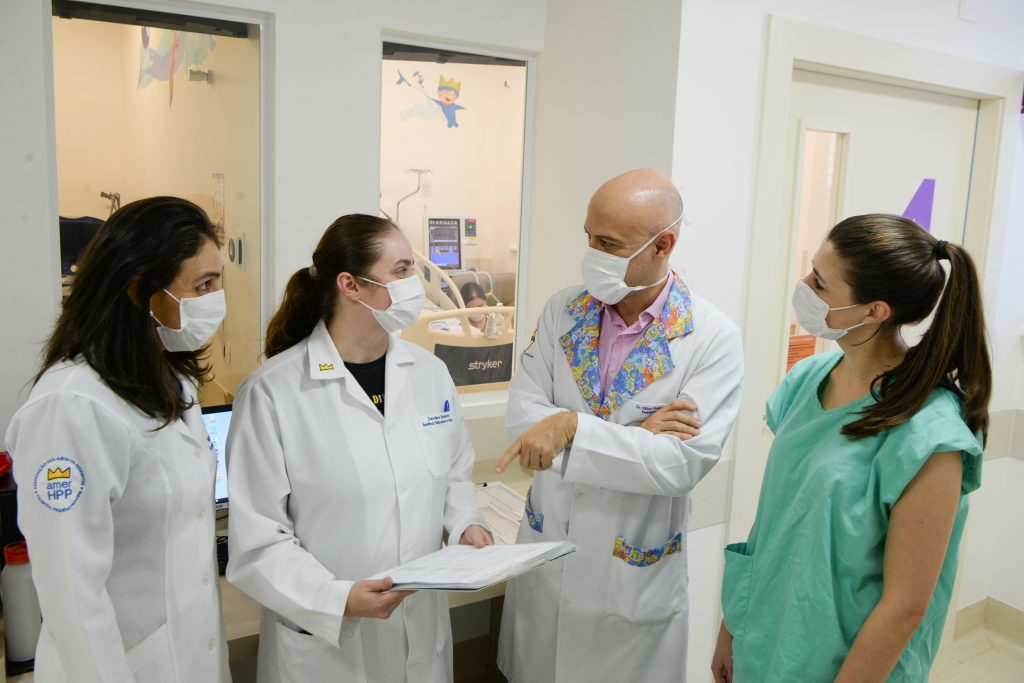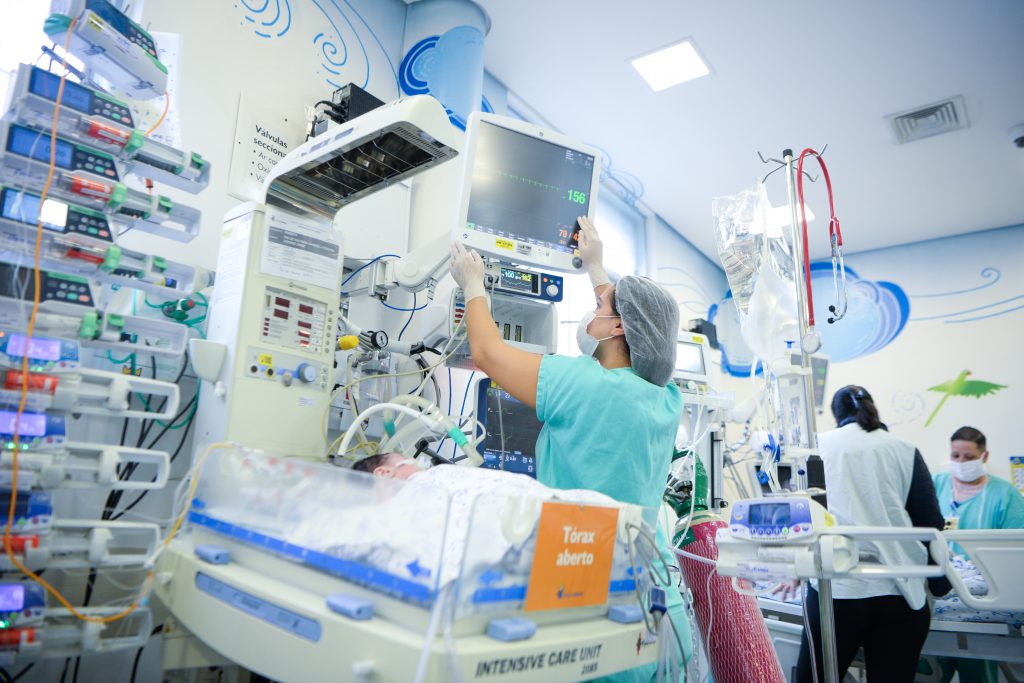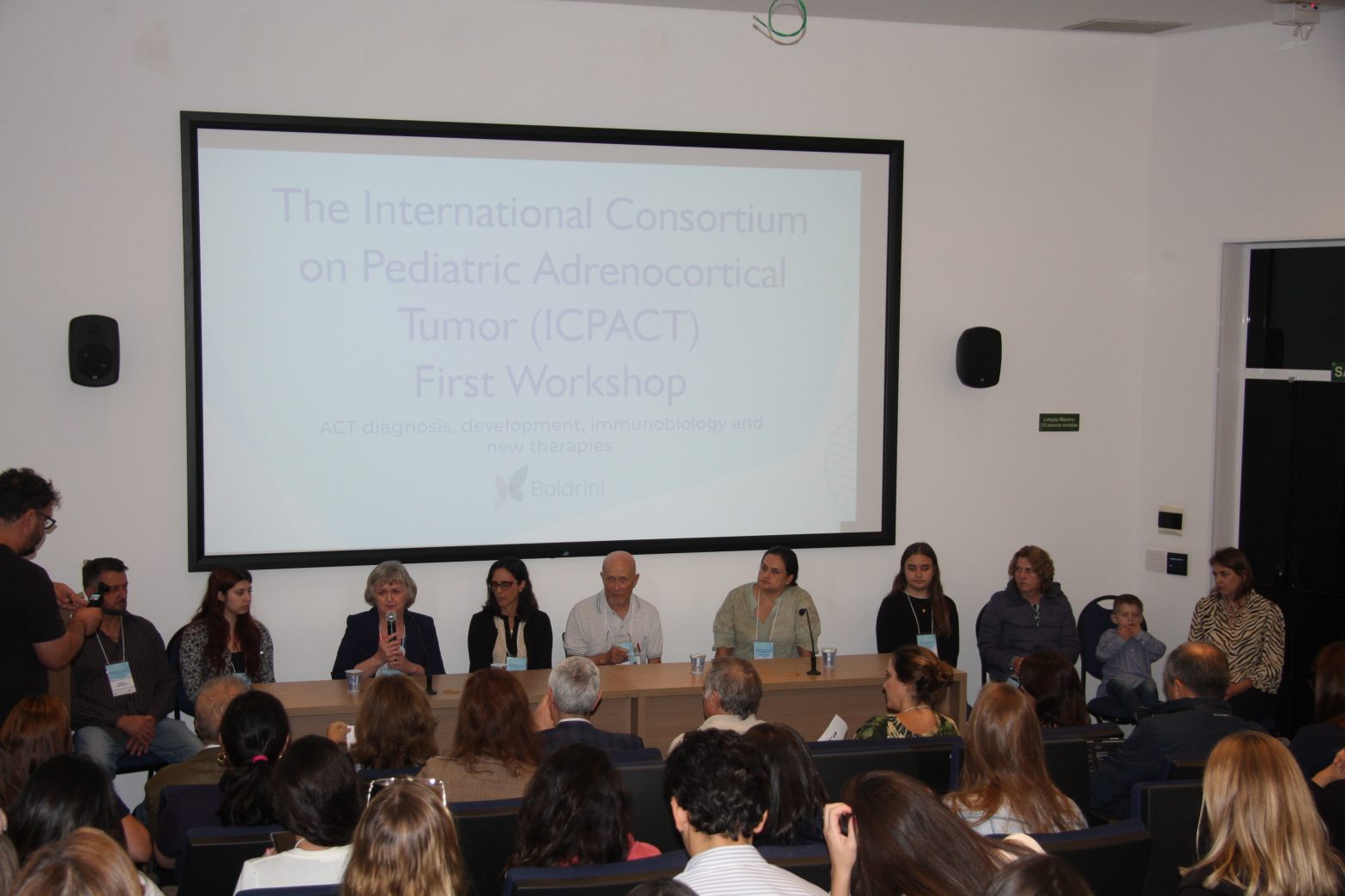Patient-centered care strategies reduced mortality from complicated pneumonia at Pequeno Príncipe
Brazil’s largest and most complete pediatric hospital also records a sepsis fatality rate of 6%, significantly lower than the Brazilian average

A set of strategies adopted by Pequeno Príncipe, the largest and most complete pediatric hospital in Brazil, has kept mortality from complicated pneumonia at zero in the institution in recent years. After the pandemic, the Hospital recorded a fourfold increase in the number of occurrences of this type of pneumonia, which causes pleural effusion and requires surgical intervention in approximately 50% of cases.
According to the Latin American Sepsis Institute (ILAS, abbreviation in Portuguese), last year in Brazil, lung infections were responsible for more than 40% of sepsis cases recorded in the country. Combating sepsis is therefore essential to achieving better clinical outcomes, both in cases of pneumonia and other infections that affect children and adolescents treated at the institution. According to the Ministry of Health, the country records approximately 42,000 cases of sepsis in children annually, of which 8,000 do not survive, resulting in a fatality rate of 20%. At Pequeno Príncipe, this rate has remained at around 6% for four years, a figure that is comparable to that achieved by the best hospitals in the world.
These results, which demonstrate the institution’s commitment to quality and patient safety, are the consequence of a set of patient-centered care strategies. In addition to the well-established Antimicrobial Stewardship Program, which has already been replicated in fifteen other Brazilian hospitals, the institution has several lines of care, including Sepsis and Complicated Pneumonia. It also has a unit dose medication service that contributes to the safety and precision of treatments, initiatives to involve families in safety checklists, and guidance practices for the safe use of medications in the post-hospitalization period.
“With the work of a highly committed multidisciplinary team, we have adopted this set of strategies and are implementing management with the perspective of creating value for our patients and their families,” highlights the deputy technical director of Quality and Clinical Research, Fábio de Araújo Motta.

Antimicrobial Stewardship Program
In early October, the United Nations (UN) adopted the Political Declaration on Antimicrobial Resistance (AMR). The document recognizes the growing threat of antimicrobial resistance to global health and sustainable development, highlighting the urgent need for coordinated and global actions to address this challenge. Experts estimate that by 2050, 39 million deaths worldwide will be caused by this condition.
In Brazil, a survey conducted by the Ministry of Health showed that almost 60% of hospitals have not yet implemented programs to manage the use of antimicrobials. Excessive or inadequate doses of these drugs are responsible for resistance and, consequently, the emergence of superbugs.
Faced with this scenario, in 2020, Pequeno Príncipe began replicating its Antimicrobial Stewardship Program in Brazilian hospitals, with the support of the pharmaceutical industry. Fifteen hospitals have already been trained in a methodology which places the clinical pharmacist as the steersman of the entire care team regarding the definitions of choice, doses, and administration time of medications. The team’s coordination encourages a more accurate assessment of the treatment adopted for each patient. The pharmacist is also responsible for analyzing and validating whether the medication is within the institution’s protocol.
The main results achieved were the reduction in days of antimicrobial use, the reduction in costs, and the control of the advance of resistance to these drugs. “By sharing our experience with other Brazilian institutions, we are strengthening the entire health ecosystem, contributing to the preservation of many lives,” emphasizes Motta.

Septic shock cases halved in four years
Over the past four years, the number of septic shock cases recorded at Pequeno Príncipe Hospital has fallen by 50%. The implementation of the Sepsis Care Line, combined with other initiatives such as awareness campaigns for teams to pay close attention to the main signs and symptoms of the infection, was one of the main measures to achieve this result, since septic shock is a natural progression of sepsis if it is not recognized.
As soon as a case of sepsis is identified upon completion of an institutional protocol, the patient becomes traceable by the care line professional. Based on this signal, the patient and their care processes are managed, reinforcing the measures indicated in the institutional protocols for managing cases, ensuring that treatment is initiated in a timely manner and that best practices are adopted.
In the last four years of managing this line of care, an increase of approximately 20% was recorded in the rate of adherence to the treatment bundle, which indicates the consolidation of the culture of quality and patient safety. In the first half of 2024, the adherence rate to the sepsis bundle was over 80%, and that of septic shock exceeded 70%.
“As a result of the earnest effort of all our teams, we closed the first half of the year without any deaths due to sepsis and with a septic shock fatality rate of 6%, compared to a national average of 20% in pediatrics and which can reach 50% in the adult population. Continuous monitoring of the indicators reveals the assertiveness of our initiatives, pointing out situations in which we can still improve,” explains Motta.
More
Workshop brought together experts and families in the fight against rare pediatric tumor
Adrenocortical cancer has an extremely high incidence in Paraná and Santa Catarina states
Pequeno Príncipe North: Our commitment to innovation in healthcare, teaching, and research for a future of health and life
Infrastructure works marked the first year of construction of the project that foresees the building of two hospitals, the headquarters of Pequeno Príncipe College and the Pelé Pequeno Príncipe Research Institute, a cultural center, and a botanical garden








